Put a ring on it: The hidden symbolic meanings behind which finger you wear it on
Everyone knows where a wedding ring should go, but did you know that rings worn on each of the other fingers also carry a specific, different significance?
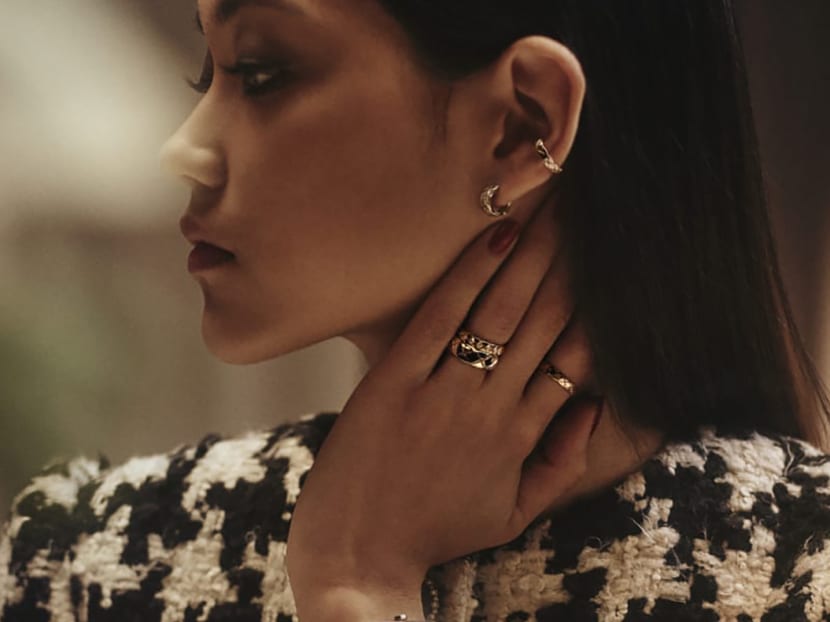
Put a ring on it, or is it that simple? (Photo: Chanel)
Besides being a fashion accessory, jewellery has also long been worn as a symbolic item of dress. Many would think of it as a status symbol, naturally – this is true, although jewellery wasn’t worn solely for the purpose of displaying one’s wealth. Ever since humankind invented jewellery, it has been worn for various functions – as a talisman, for instance, and even as an indicator of one’s social status or position.
At the same time, it can also reveal a person’s marital status. By this, we obviously mean the wearing of a wedding ring. It’s an ancient custom that has continued into modern times, practised by couples who’d like to wear a token of their commitment to each other, or perhaps more importantly, as a signal to others that they are “taken”, so to speak.
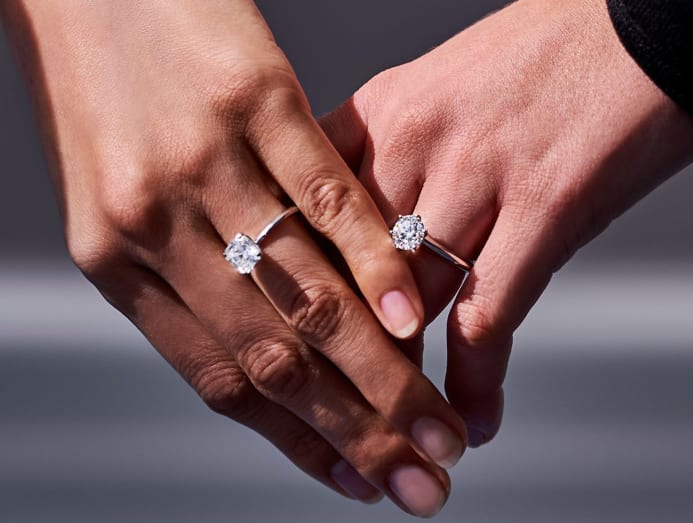
Did you know that a ring on each of the digits represents a uniquely different meaning?
This is the perhaps the most widely known example of how rings, in particular, among all types of jewellery, have special significance and also carry varied meanings that correspond to the finger that they are placed on.
Practically everyone knows that a wedding ring should be worn on the left ring finger (for most cultures, at least), but did you know that a ring on each of the digits, besides the aforementioned finger, represents a uniquely different meaning?
While most people are stacking them on purely as fashion accessories these days, people from the past wore them with a certain intent, being aware of the message the ring on their fingers will send. Some of us, today, may also be wearing them on specific digits to bring ourselves better luck – not scientifically proven to work, of course, but surely there’s no harm in having hope?
Here are some of the more commonly known, as well as lesser-known associations that are tied to ring-wearing – both from the past and present, and related to traditional beliefs along with their modern interpretations.
LEFT VERSUS RIGHT HAND
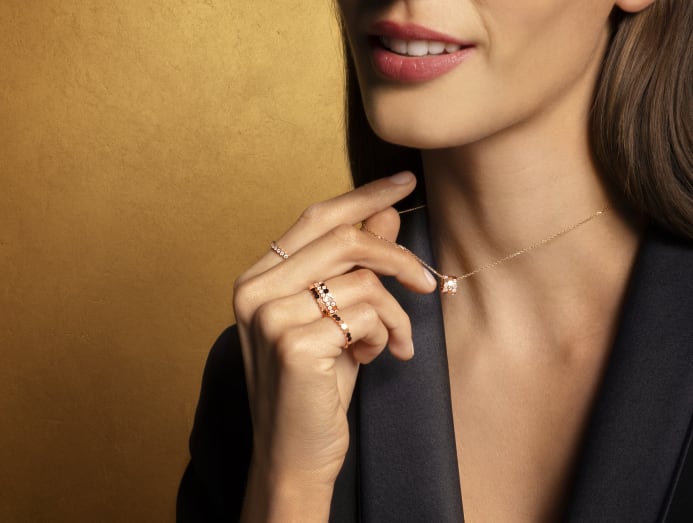
Through the ages, it has generally been established that the left hand is reserved for rings that carry sentimental and romantic attachment (particularly for women), which includes wedding, engagement, promise or anniversary rings. The right hand, however is where one is free to express their tastes in fashionable jewellery.
There is also such a thing as a right-hand ring, a concept that is born in more modern times and that has become the subject of many a jewellery brand's marketing campaign at the turn of the 21st century. Simply put, it is any ring that a woman buys to celebrate herself, either to mark a special personal milestone, or as a display of her personal tastes as well as economic independence.
What this essentially means for those who may be looking for love, is that the right hand will be a better place to place your rings, if you’d like to avoid the risk of sending a potential partner away with an unintentional misunderstanding created via your accessories.
Surprised by this? Read on to find out what rings on each finger of the left hand means.
ROMANTICALLY LINKED
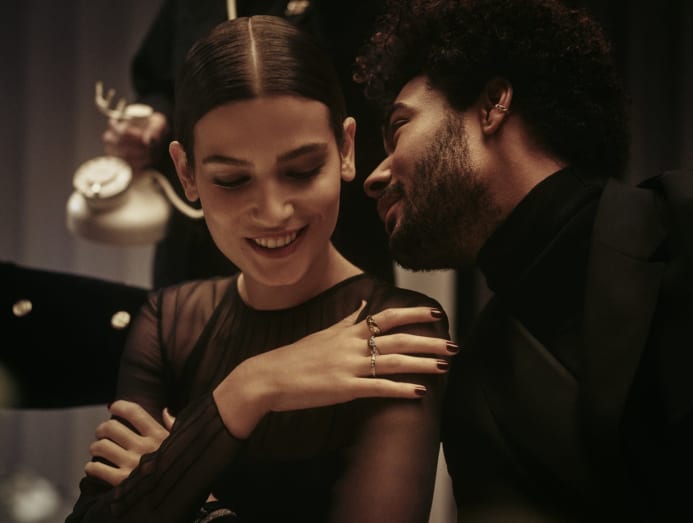
The one ring that goes on the left hand and is the most important and significant – to most married people, that is – will likely be their wedding ring. You might have heard about the reason behind why it is typically worn on the left ring finger – the aptly named "vena amoris" (Latin for “vein of love”) that is said to be located in it.
This is thought to be the singular vein that runs directly from the left ring finger to the heart, which explains why a ring of marital commitment is traditionally worn around said digit. It remains the prevalent custom in modern society, despite the fact that scientific study of the human anatomy tells us that there actually are veins in other fingers that also lead to the heart.
The fact that society at large will associate this specific finger with a wedding ring means that the presence or absence of a band around it will send others a message about one’s marital status, even though it may not necessarily be accurate, of course.
The ring finger is not the only digit on the left hand that sends others a message about your relationship status.
However, the ring finger is not the only digit on the left hand that sends others a message about your relationship status. Word has it that a ring on the index finger tells people that the person is single, but hoping to get married, while the middle finger says “currently in a relationship”, and the little finger represents a desire to remain single.
It’s unclear how these symbolic meanings came about, given that ring-stacking and wearing rings across multiple fingers at one go are big fashion trends. Still, if you should like to be more careful about what you may be communicating with your accessories, allow us to repeat this – just keep your favourite fashion rings on your right hand, where they won’t be sending any wrong signals.
A REPRESENTATION OF STATUS

On the more serious side of things, rings have also historically signified authority in many Western cultures. Just think of the Pope’s ring, which is an official part of the pontiff’s regalia, a symbol of his power, and also an official seal that is exclusive only to him.
Similarly, in the medieval period, any person of influence or nobility would also own a signet ring that bears the family crest, which is most often worn on the index finger. You’ve probably seen how a king’s subjects bow down to kiss his signet ring in movies, as a mark of subservience and respect to a figure of authority.
Wearing a ring on the index finger is said to represent confidence, self-esteem and leadership qualities.
We won’t see any such act these days, of course, except perhaps when the Pope holds a general audience in public. But the significance of the ring of power and the finger most related to it – the index finger – has endured the passing of time and transited into modern beliefs.
This is why wearing a ring on the index finger is said to represent confidence, self-esteem and leadership qualities. It’s a good place to put a sizeable, prominent ring, doesn’t matter if you actually possess these traits, or are simply trying to manifest them.
Interestingly, the same is thought to be true in Chinese feng shui practices – a ring worn on this digit is said to help enhance authority, power and social status, and is ideal for people who are doing business or are in the sales profession.
A LUCK BOOSTER
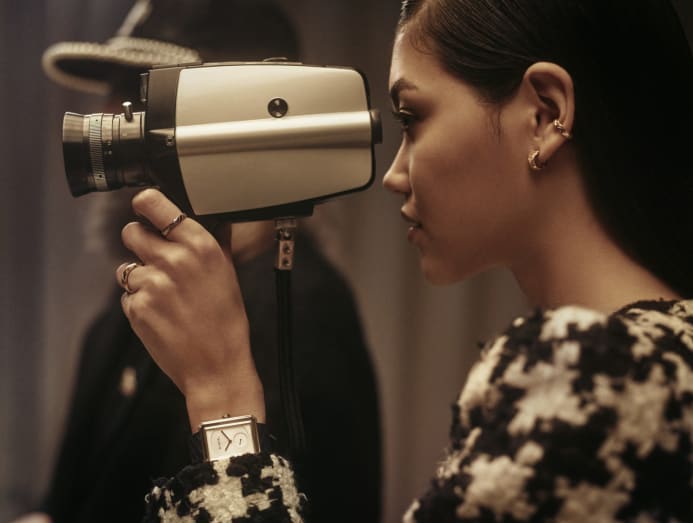
Unsurprisingly, there are multiple feng shui-related associations that are tagged to ring-wearing.
In feng shui, a thumb ring represents good health and longevity.
In feng shui, a thumb ring represents good health and longevity, and is recommended for the elderly. If your concern is attracting wealth or warding off negative people and situations in your life, put a band on your middle finger and pinky, respectively. The ring finger, on either hand, should best be kept ring-free, unless the person is married, of course.
There may not seem to be much logic behind such beliefs, but if following them can boost a person’s optimism and confidence, who’s to say one can’t try them out?









